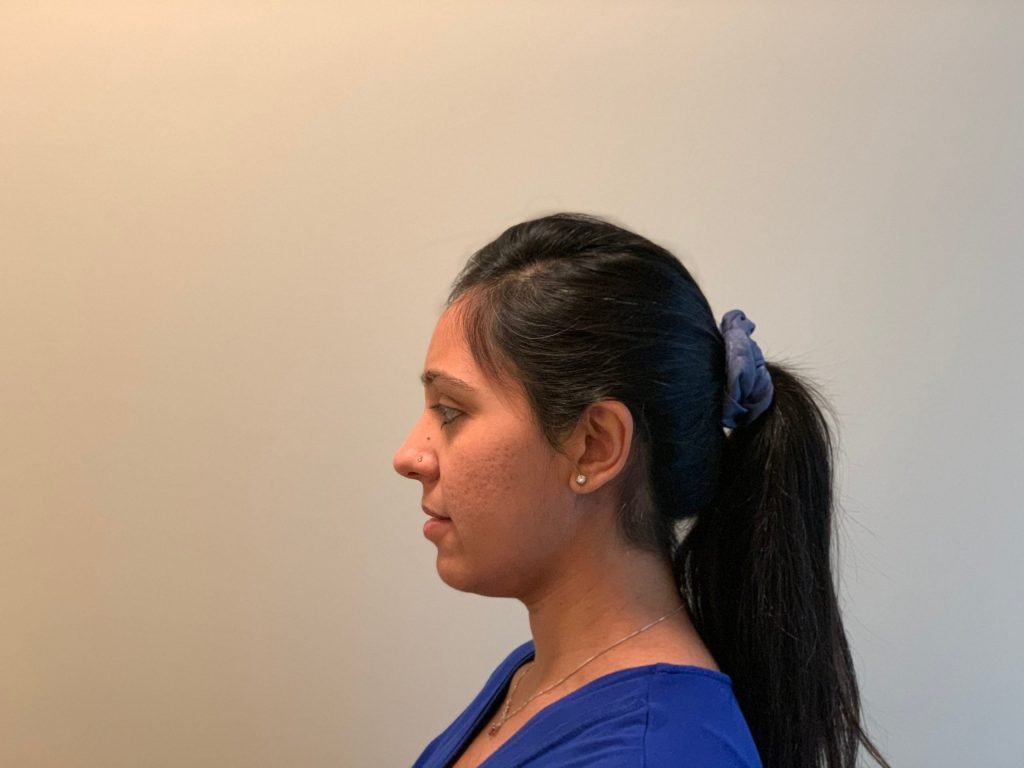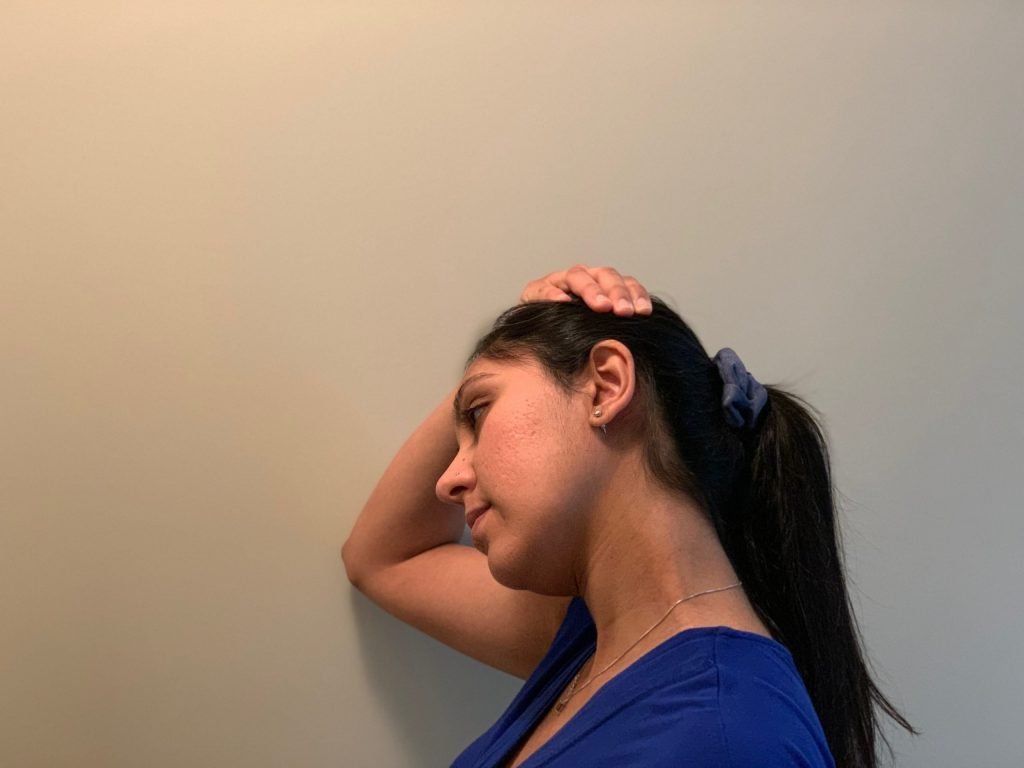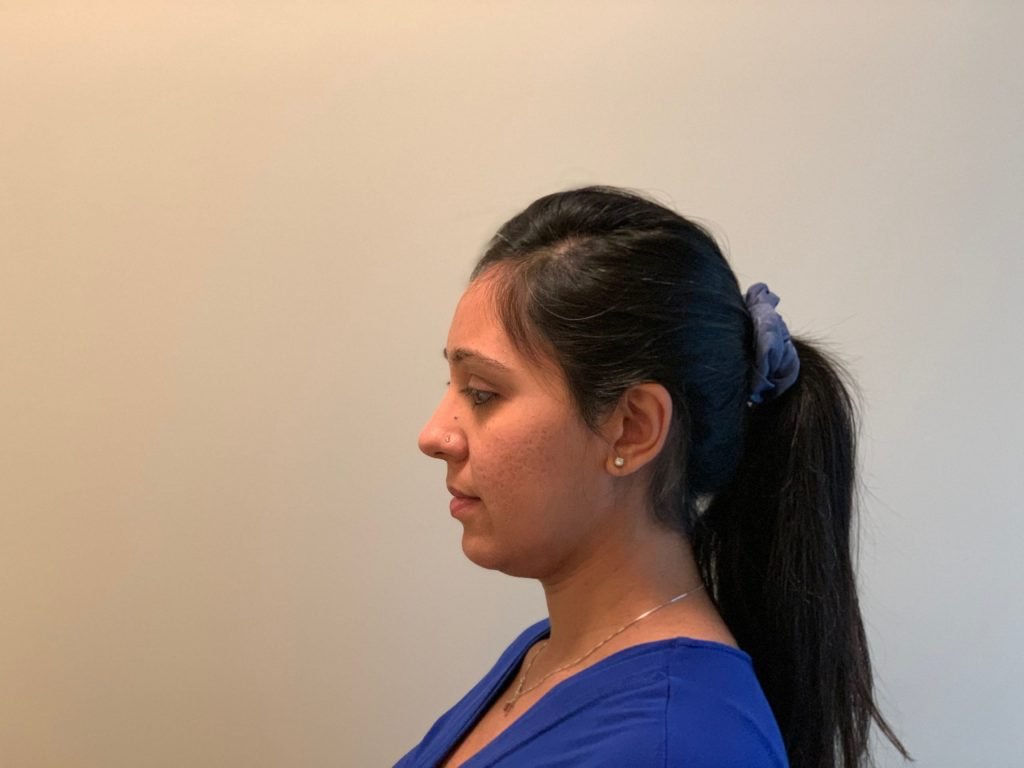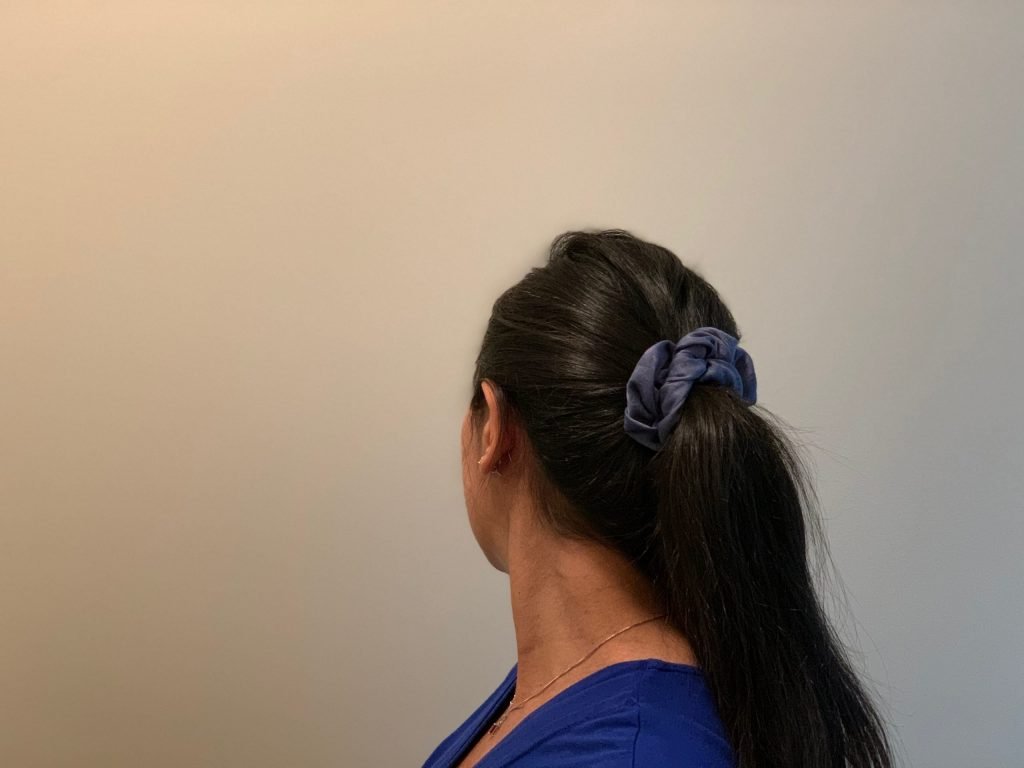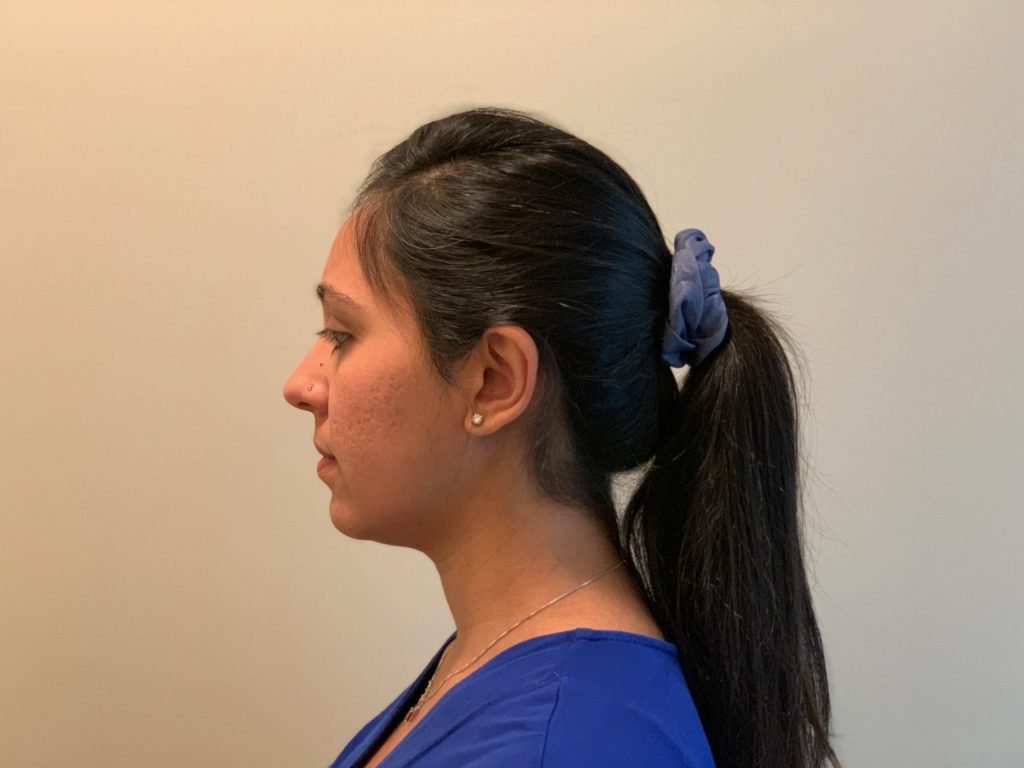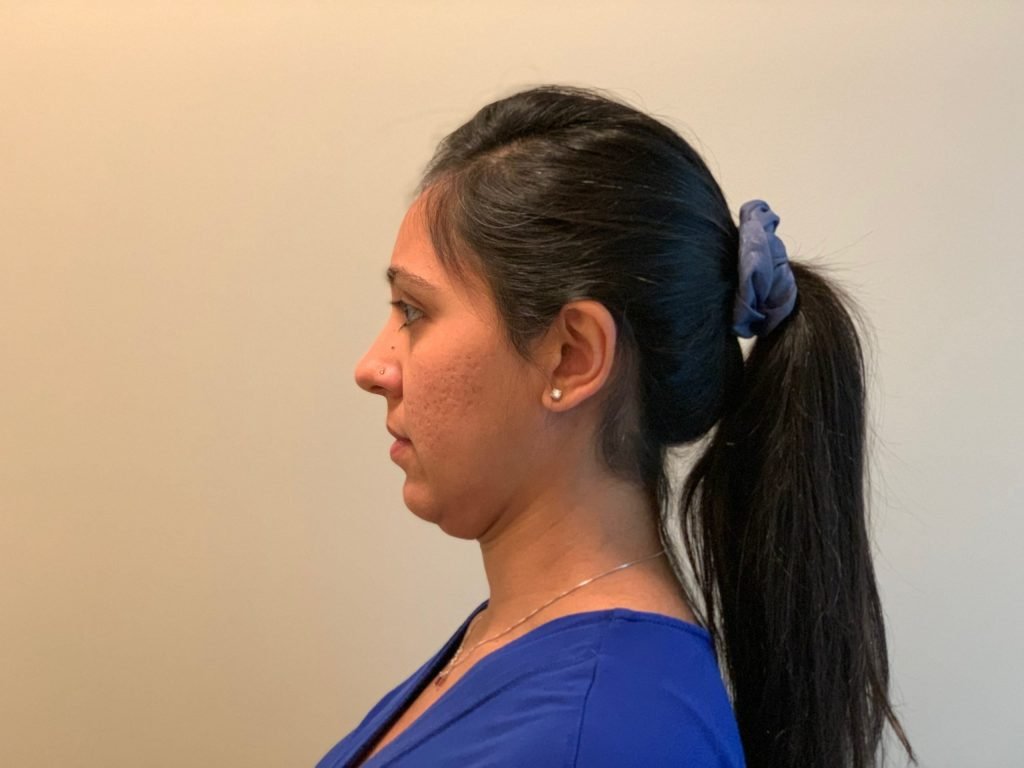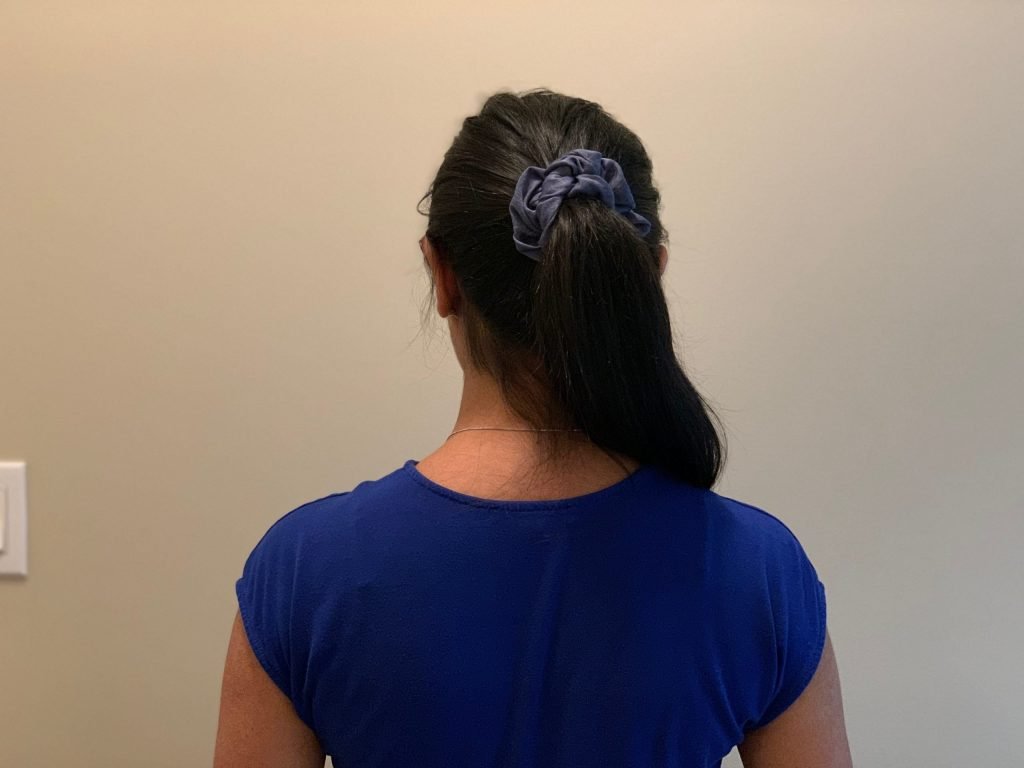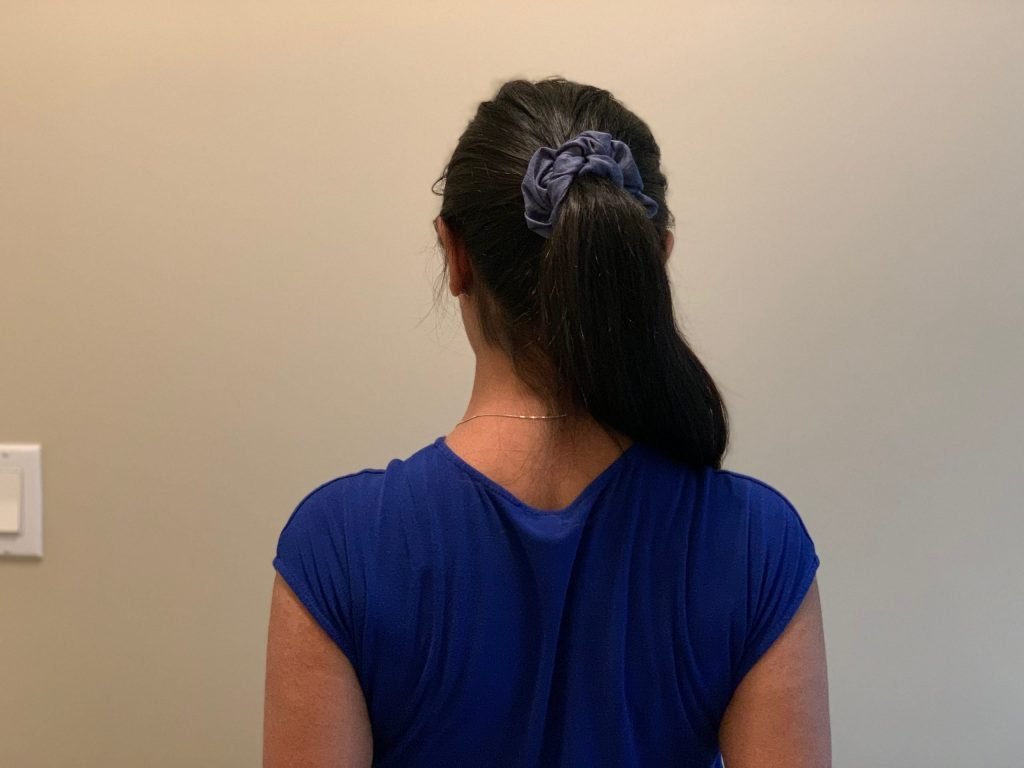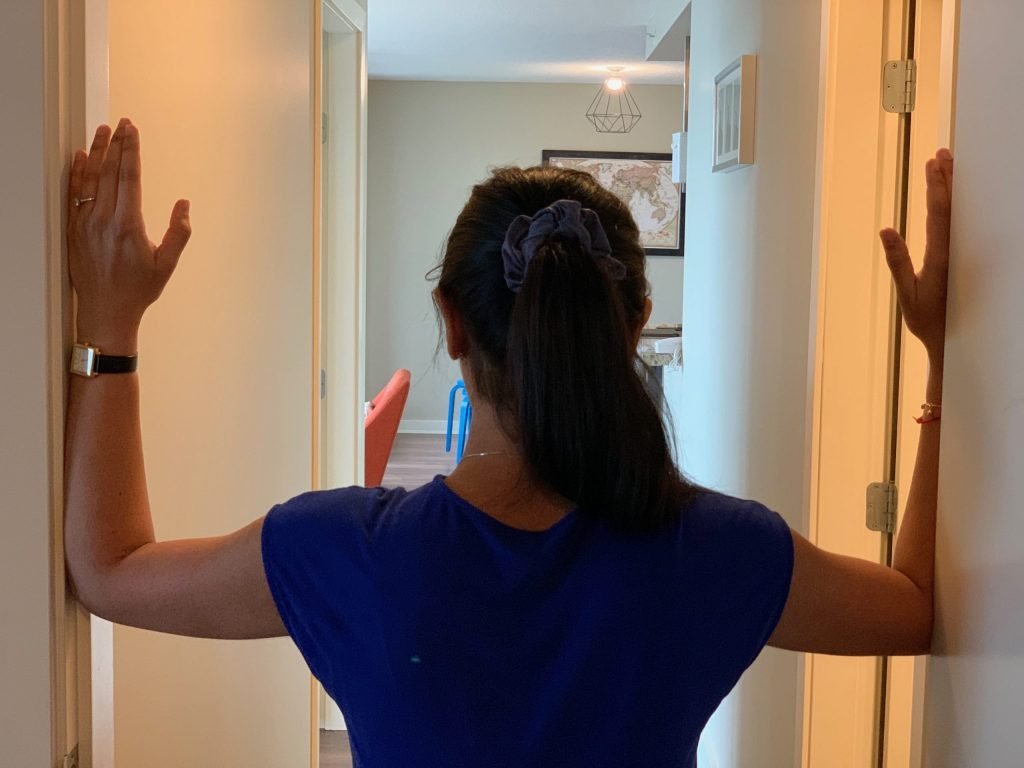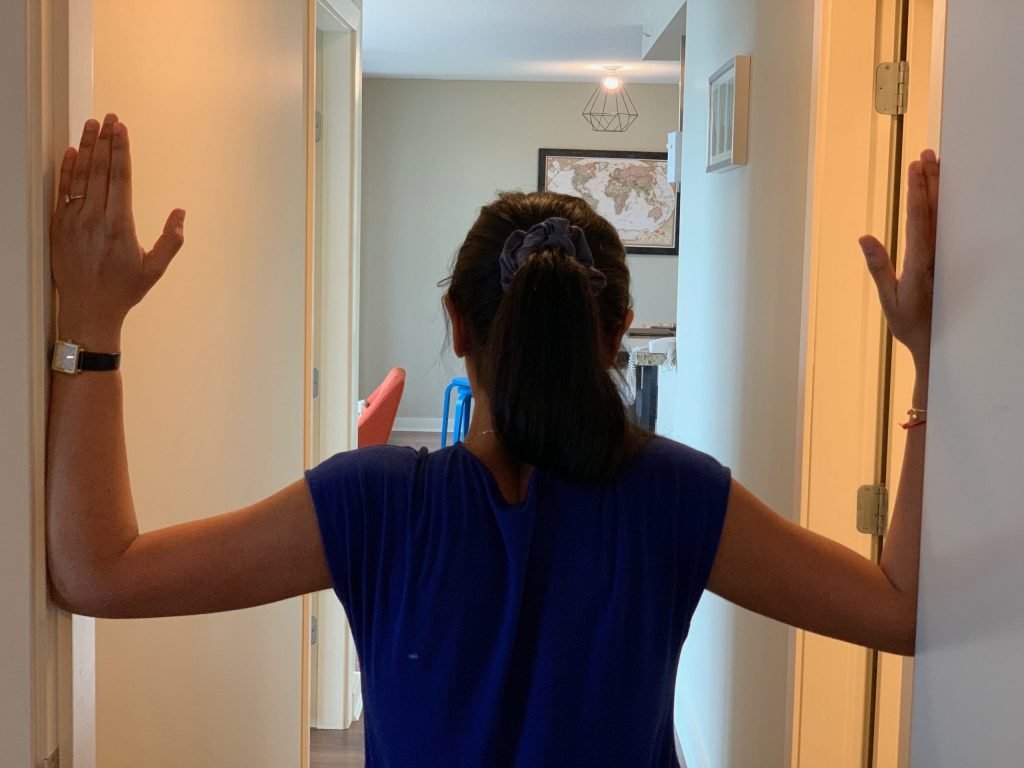Studies estimate that, worldwide, neck pain is the second leading cause of disability (after lower back pain). Up to 70 percent of population will experience neck pain at least once in their lifetime. Of these, 30 percent will have continuous pain for at least 6 months. Another third of this will have pain after 12 months or on a recurring basis. In this article, we go over the basic practices and common exercises suggested for neck pain.
Impact of Neck Pain
Our ability to see, hear, touch, and feel is striking. We look up to the sky, left and right when crossing the road, down for reading, hold still during shaving, applying eyeliner or smelling the roses. Such endless subtle interactions occur throughout the day. Often these go unnoticed. That is until we have neck pain. Then performing any and every daily activity is discomforting. If this continues, all these activities lose the joy they used to offer and reduces your overall wellbeing.
Origins of Neck Pain
Pain in the neck or headaches can be because of several factors. Some reasons are poor posture, trauma, repetitive strains, prolonged positions, high-impact sport activities. Certain occupations such as office work, manual labour, and healthcare work have acute cases of neck pain because of repetitive movements and prolonged positions. Neck pain often happen because of lack of joint movements in few areas of the neck and too much movement in others. To make matters worse, this leads to muscle imbalance when one muscle group shorten / tighten while another lengthen / weaken. Overtime, this presents itself just as a neck pain, neck pain with headaches, pain going down the arm, or pain down to upper back.
Basic Practices and Exercises
Below I share with you few tips and exercises to build strength, decrease tightness and improve movement in neck.
Stretching
Seated, trapezius stretches
Begin sitting in an upright position. With one hand hold on to the chair. Using your other hand, slowly tilt your head sideways away from hand holding the chair, until you feel a stretch in the opposite side of neck and hold.
Mobility
Seated cervical rotation
Begin sitting in an upright position. Turn your head to look over one shoulder, then return to starting position and repeat to the other side.
Strengthening
Standing wall chin tuck
Begin with standing in an upright position with your feet flat on the floor and back against the wall. Gently draw your chin in, touching the back of your head to the wall.
Seated scapula setting
Begin sitting in an upright position. Gently squeeze your shoulder blades together, relax and repeat.
Posture
Regardless of treatment plan, correct posture is critical for a healthy spine. Good posture involves sitting nice and tall at your desk or couch. Pay close attention when using a laptop or mobile device. When standing, be straight / upright. Performing the doorway stretch (show below) helps avoid forward hunching.
Doorway Stretch
Begin in standing upright position with hands on the doorway. With elbow bent to 90 degrees and forearm resting on the side of the doorway, take a small step forward until you feel a gentle stretch in front of your shoulder.
Sleep positions
If you experience neck pain when getting up first in the morning, you may have slept in a poor position. If this happens regularly, I recommend figuring out best sleeping position and adequate pillow placement to ease neck pain. Also, special pillows are available that go under the base of neck instead of head. They relieve the tension in your neck by decreasing neck elevation.
When to consult a physio
Only 25% of people seek any intervention from physiotherapist. This is disheartening as research studies have shown robust evidence that targeted exercise plans help treat neck pain the most. A physiotherapist can give a plethora of exercise plans and stretches, customized to your needs, to manage neck pain. I recommend you consult a physio if the pain is persistent for few days. If you have questions, reach out to me to seek help from a professional.
Further readings
- Neck Pain: Clinical practice guidelines from Orthopedic Section of American Physiotherapy Association. https://www.jospt.org/doi/pdf/10.2519/jospt.2008.0303
- Multimodal management of mechanical neck pain using treatment based classification system. https://www.ncbi.nlm.nih.gov/pmc/articles/PMC2716155/pdf/jmmt0016-0217.pdf

